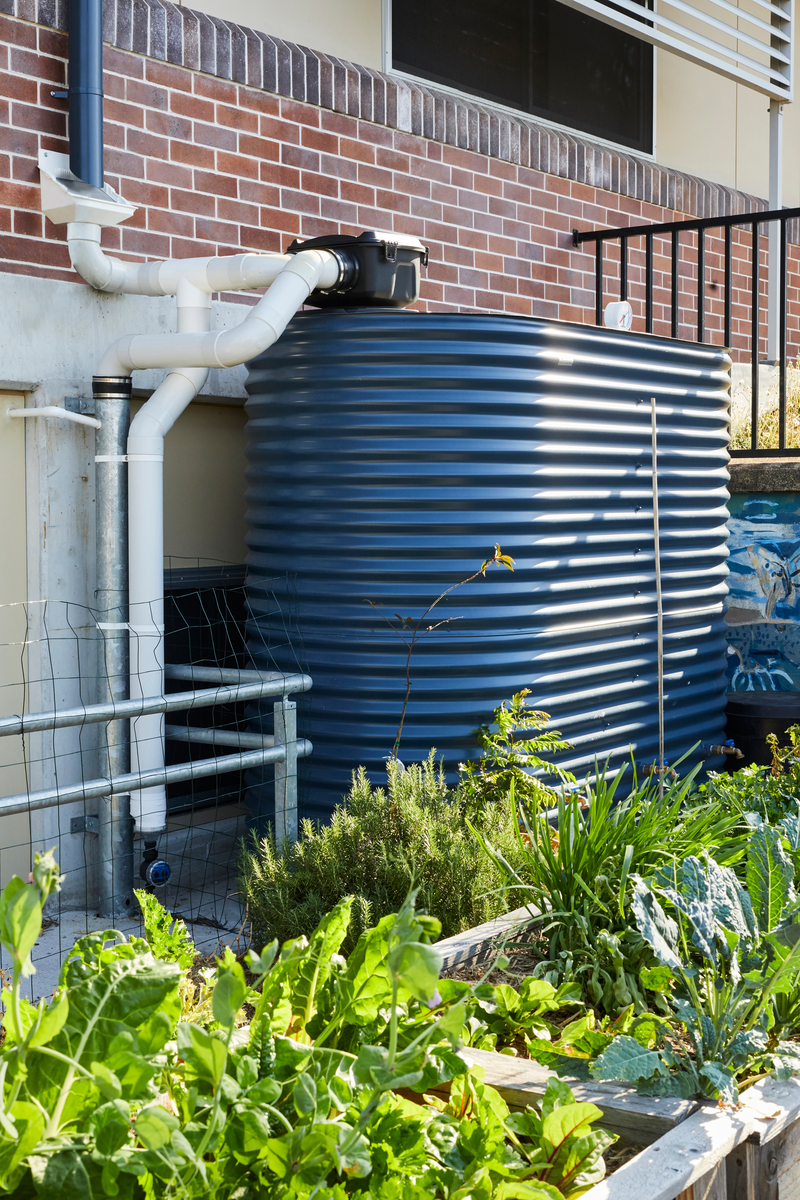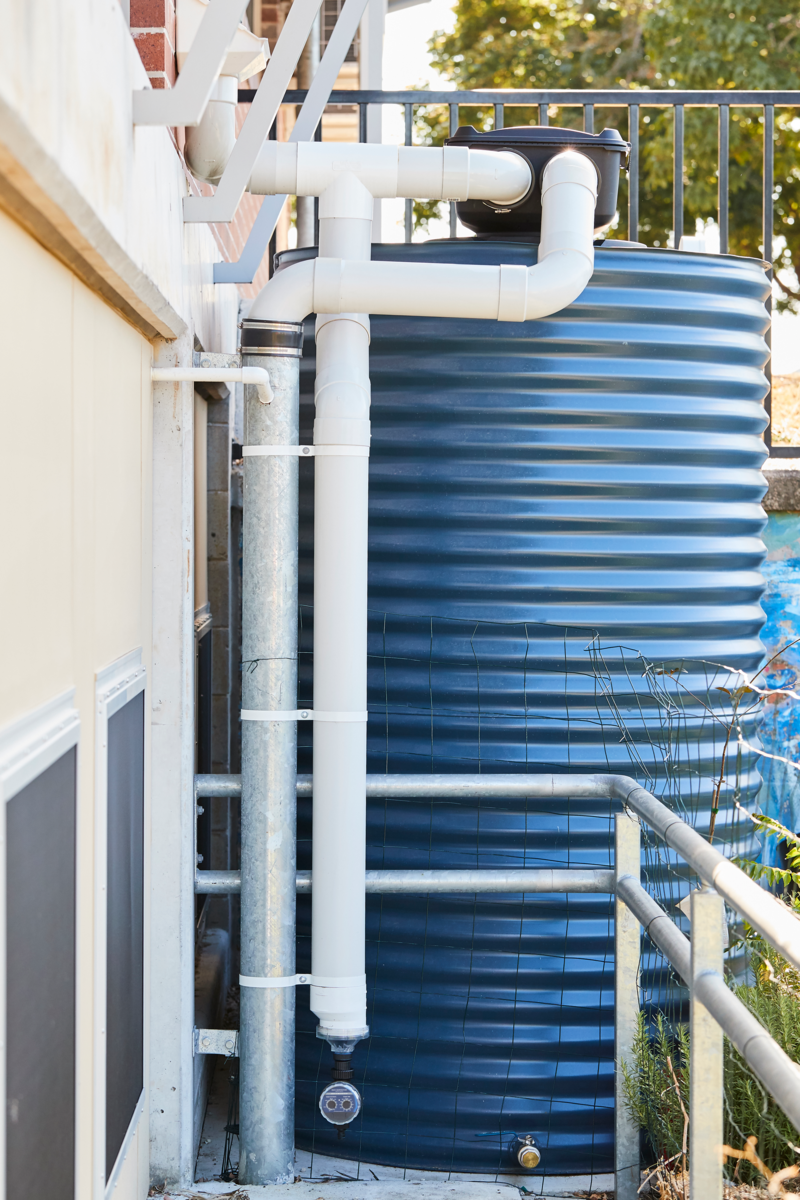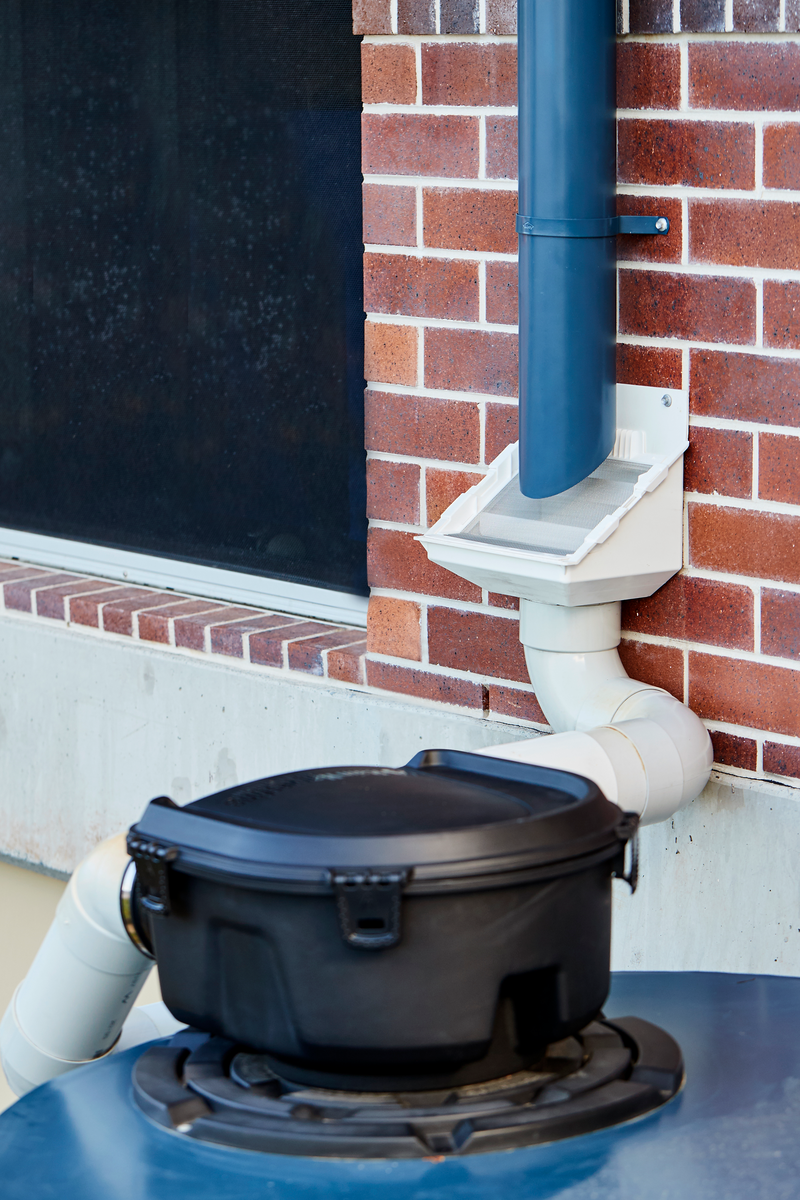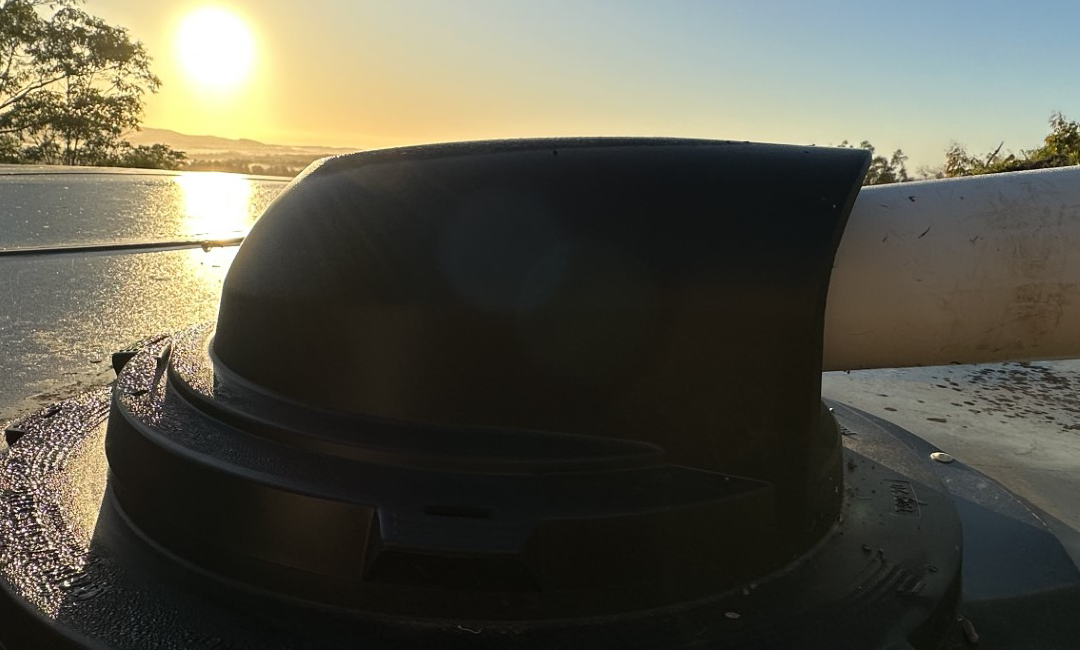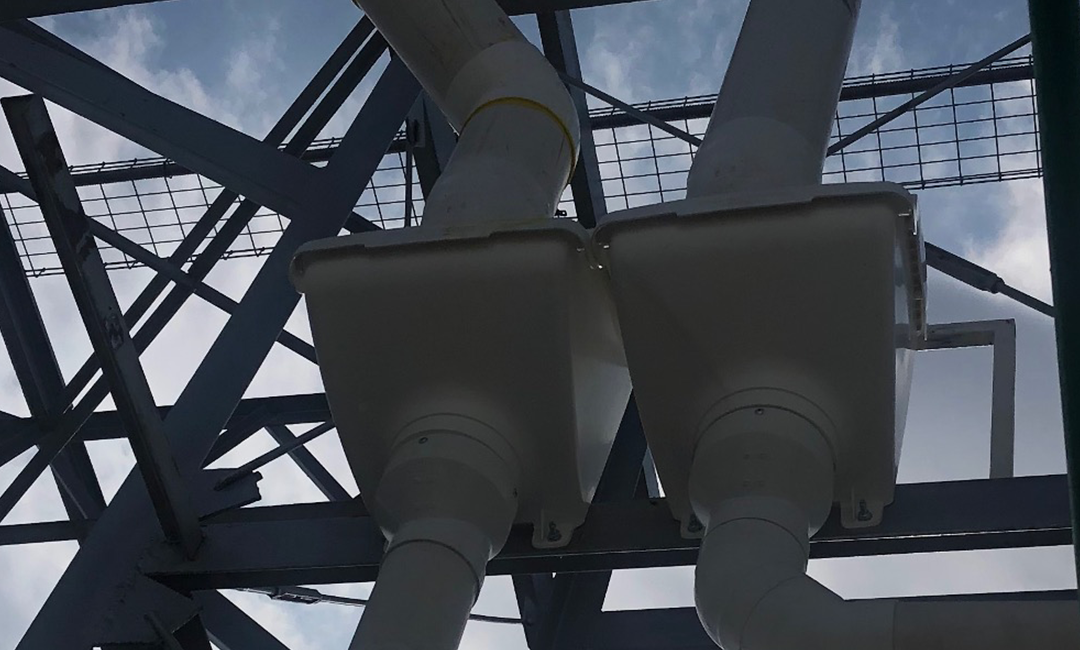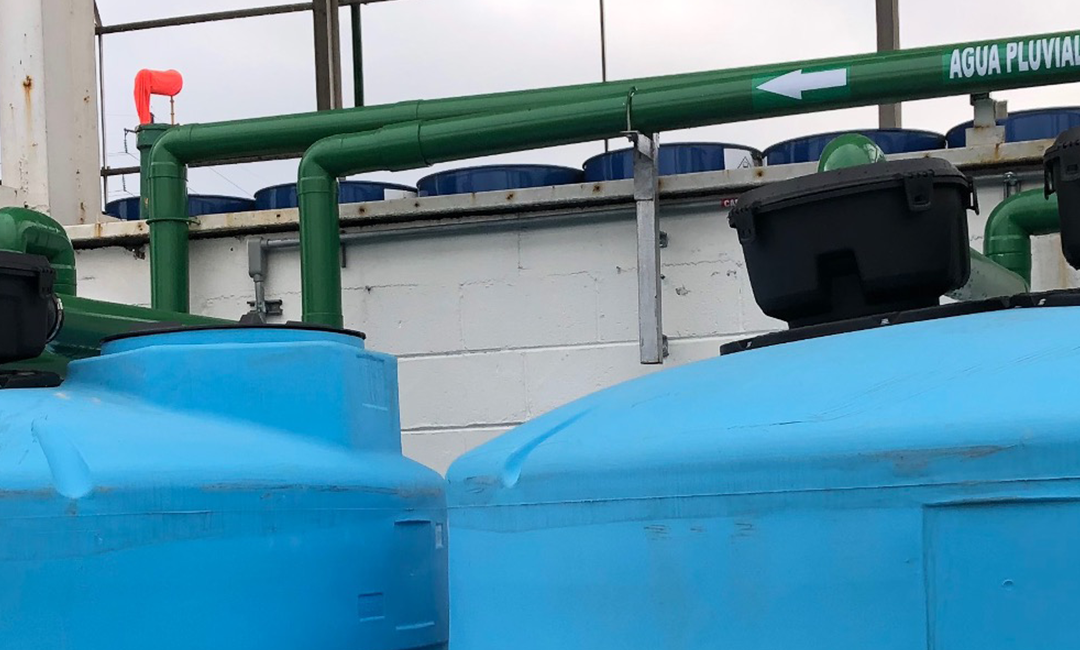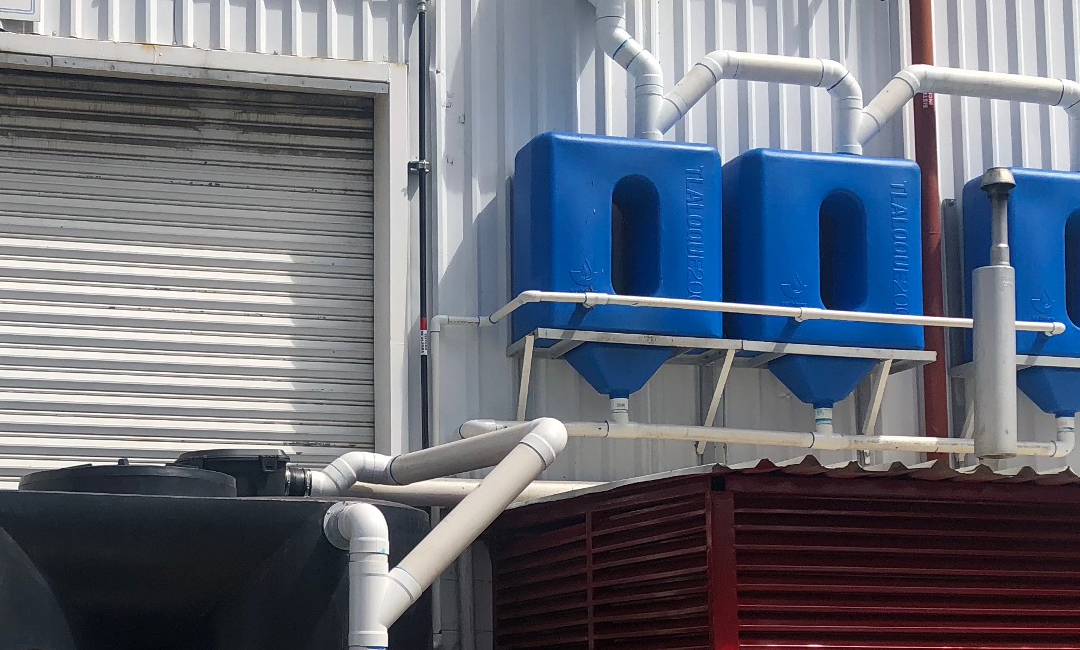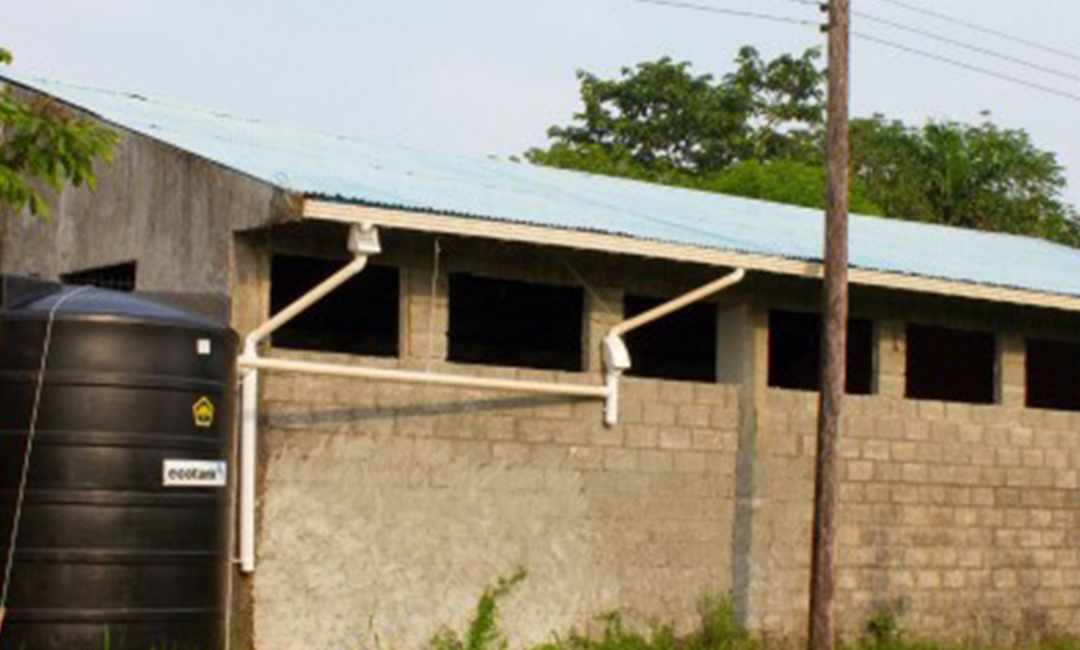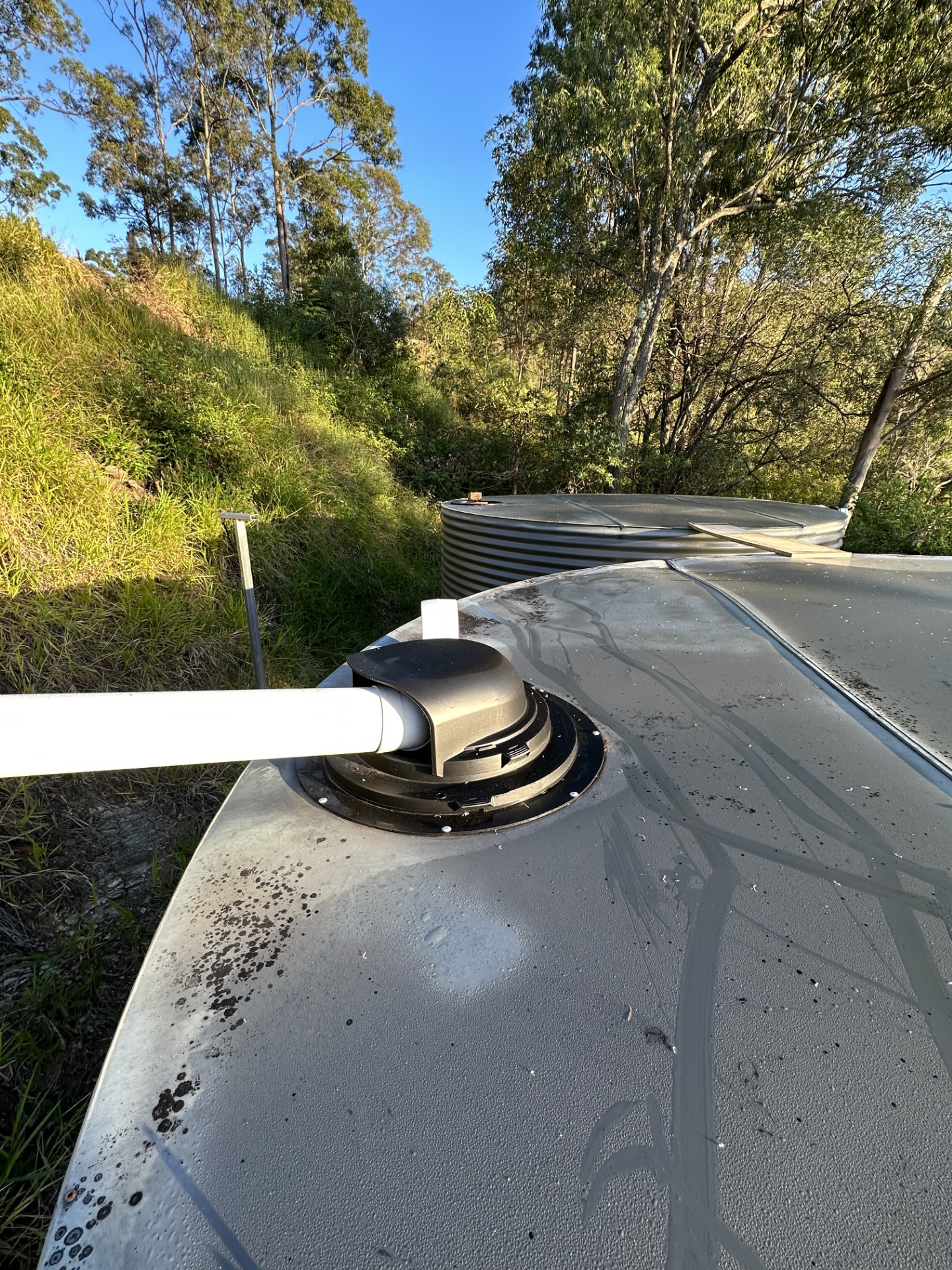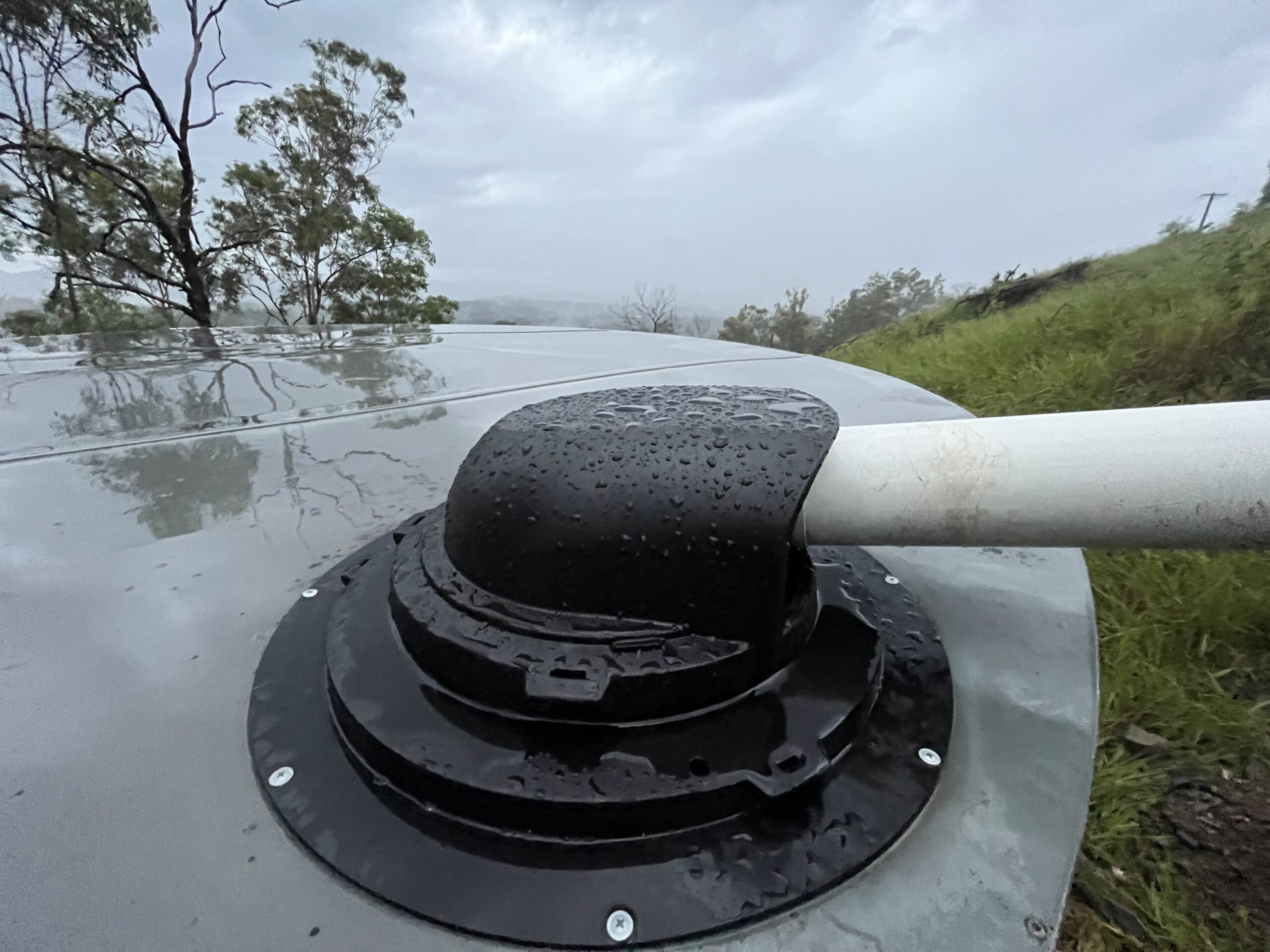Ithica Creek State School’s water journey
Ithaca Creek State School in Brisbane, Australia, is one example of a rain harvesting system design that’s fit-for-purpose.
The school wanted to create a garden so that students could learn about horticulture and the environment. The garden also needed to supply ingredients for the school’s tuck shop (cafeteria). The ingredients from the garden would allow students and teachers to enjoy food made with fresh vegetables and herbs that they had grown themselves.
Ithaca Creek State School approached us for help with designing a rain harvesting system that would supply water to grow and maintain the garden.
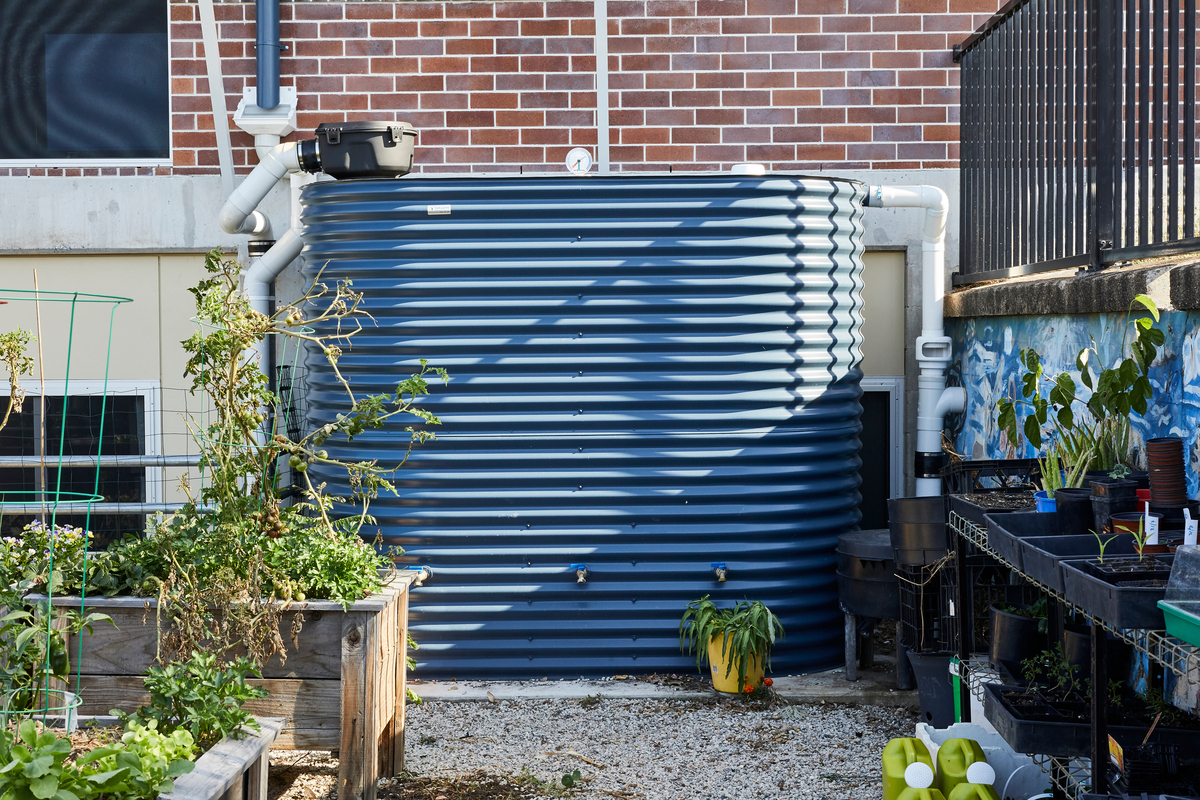
Finding water balance to grow a veggie garden
To help the school meet their goals our specialists recommended a few key components for the rain harvesting system. The components were:
- Leaf Eater Plus Rain Head
- First Flush with Advanced Release Valve
- Maelstrom filter
- Tank Gauge
- Vent Cowl
- Mozzie Stoppa Easy-Clean
- Air Gap
The school’s rain harvesting system components were chosen for specific reasons. Here’s how they all work together to deliver water that’s fit-for-purpose.
The Leaf Eater Plus Rain Head
Rain Heads keep leaves and fine debris out of rainwater tanks. Doing this helps to prevent contamination and tannin stains from plant matter.
Our Rain Heads use a 955 micron stainless steel mesh screen to block incoming materials, but their aperture (hole size) is small enough for water to still pass through.
Maelstrom
The Maelstrom filter uses super-fine filtration to make sure cleaner water ends up in the rainwater tank. It stops smaller pollutants from travelling through the system, which are usually things like sediment or dirt.
The Maelstrom also has a super-high water catchment, so when big downpours happen, the school won’t miss out on collecting precious rainwater.
Maelstrom is a great part of any rain harvesting system, and works closely with the other components to keep mosquitos and pests out.
Mozzie Stoppa Easy-Clean
Mozzie Stoppas connect to rainwater tank overflow outlets. They help the tank to “breathe” by letting oxygen in to keep the water inside at a high quality.
They use a 955 micron mesh screen to keep mosquitoes and other small insects out of the tank.
This means the tank can keep the water clean and fit-for-purpose, while also stopping contamination from mosquitoes.
Vent Cowls
Vent Cowls, like Mozzie Stoppas, help to improve the quality of stored water. They let more oxygen reach the water in the tank, while stopping mosquitoes from entering.
They use a 955 micron stainless steel mesh screen to stop pests, while preventing stagnation from degrading water.
Air Gap
Air Gaps sit between the rainwater tank and stormwater pipework. They help prevent backflow to stop contamination of the water in your tank.
They’re also an effective way to manage pests and vermin from entering the tank, thanks to their 955 micron mesh screen.
First Flush with and Electronic Release Valve
First Flush Diverters are one of the most important components of any rain harvesting system. They capture and store dirty water from your roof or collection area so that it doesn’t reach the clean water in your rainwater tank.
We recommended that Ithaca Creek State School use a First Flush with an Electronic Release Valve on their system to keep pollutants from the roof away from the rainwater in the storage tank.
The Electronic Release Valve helps to make maintenance easier.
Tank Gauge
The final piece of the school’s rain harvesting system was the Tank Gauge.
This device sits on top of the tank and measures where water levels are at and how much is being used. It’s a great device to help keep track of water use and to plan for the future.
